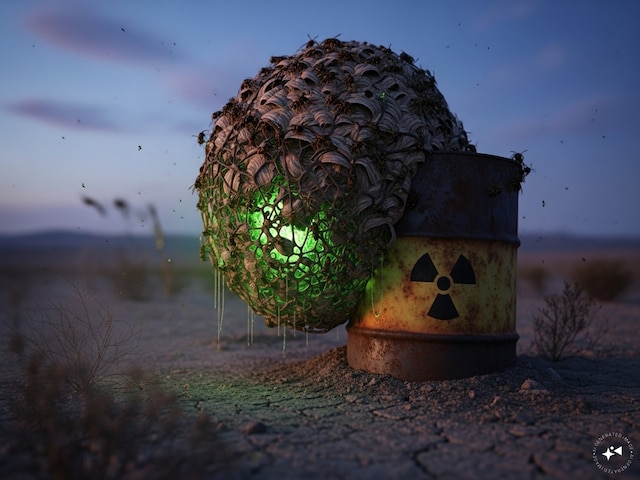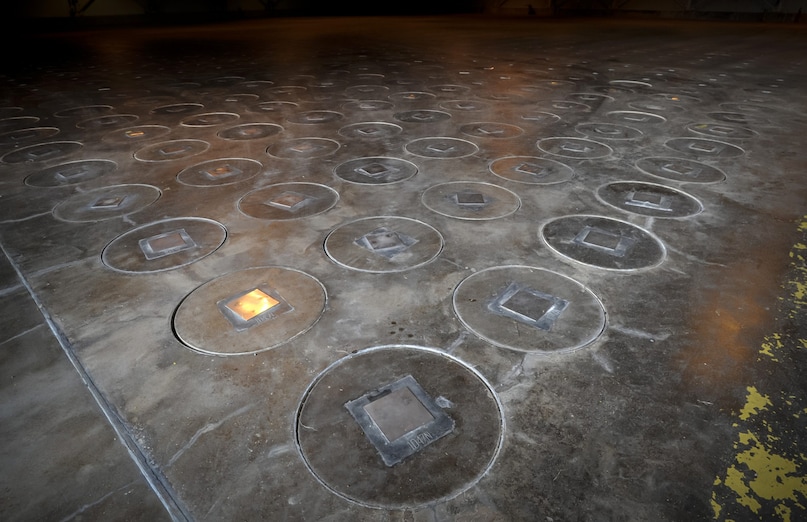Agency:Agencies
Last updated:
Radioactive wasp nest: A nest of radioactive waste was found on the Savanna River site of South Carolina with radiation 10 times more than the fixed range. Officials said that there is no threat to the public or employees.

Highlights
- Radioactive wasp nest found on the savanna river site
- Radiation in the nest was 10 times higher than the prescribed limit
- Officials said there is no threat to the public or employees
Today, this place is engaged in fuel manufacturing and cleanliness of nuclear plants. Amidst this historical background, getting such a ‘radioactive wasp nest’ became a matter of concern not only for scientists, but also a debate among the environmentalists. According to the report of the Department of Energy, the nest was found near the tanks where liquid nuclear waste has been stored. It is believed that this nest would have become radiative due to that ‘radioactivity’, which was spread in the surrounding environment in the old, active phase of this site.

The sealed radioactive waste has been stored five feet below the concrete in large stainless steel canters. (File photo)
Watter not found in Ghosle
Thankfully there was no wasp in the nest. Employees sprayed pesticides and removed the nest safely and expelled it like radioactive waste. But after this revelation, the monitoring group ‘Savanna River Site Watch’ termed the government’s report incomplete.
Tom Clements, the head of this group, said that it is very important to know where this radiation came from. Expressing displeasure, he said, “If there is any leak in the tank, then the possibility of more nests cannot be denied.” He also said that by checking which materials make nests, it can be found out what the source of radiation would have been.
How much danger is there?
The site management has issued a statement saying that the tank farm is completely in the internal range of the site and the wasp usually does not fly more than a few hundred meters, so there is no possibility of any danger for the common people. If there were wasp, then the level of radiation in them would have been much lower than the nest.
Travel from 1950 till now
The Sawana river site began in the 1950s. Then its aim was to make plutonium pits for nuclear bombs. Now this site is playing an environmentally more responsible role. The 165 million gallon atomic waste made here has now been reduced to 34 million gallons through evaporation. Currently 43 underground tanks are still in use while 8 have been closed.

Yogendra Mishra has graduated in Journalism from Allahabad University. He has been connected in the media since 2017. After giving its services in News Nation, TV 9 Bharatvarsha and Navbharat Times, now News18 Hindi interne …Read more
Yogendra Mishra has graduated in Journalism from Allahabad University. He has been connected in the media since 2017. After giving its services in News Nation, TV 9 Bharatvarsha and Navbharat Times, now News18 Hindi interne … Read more


